Biotech companies large and small are using AI to make drugs cheaper, faster and with a higher probability of success. Here’s how Boston-area ones are harnessing the technology.
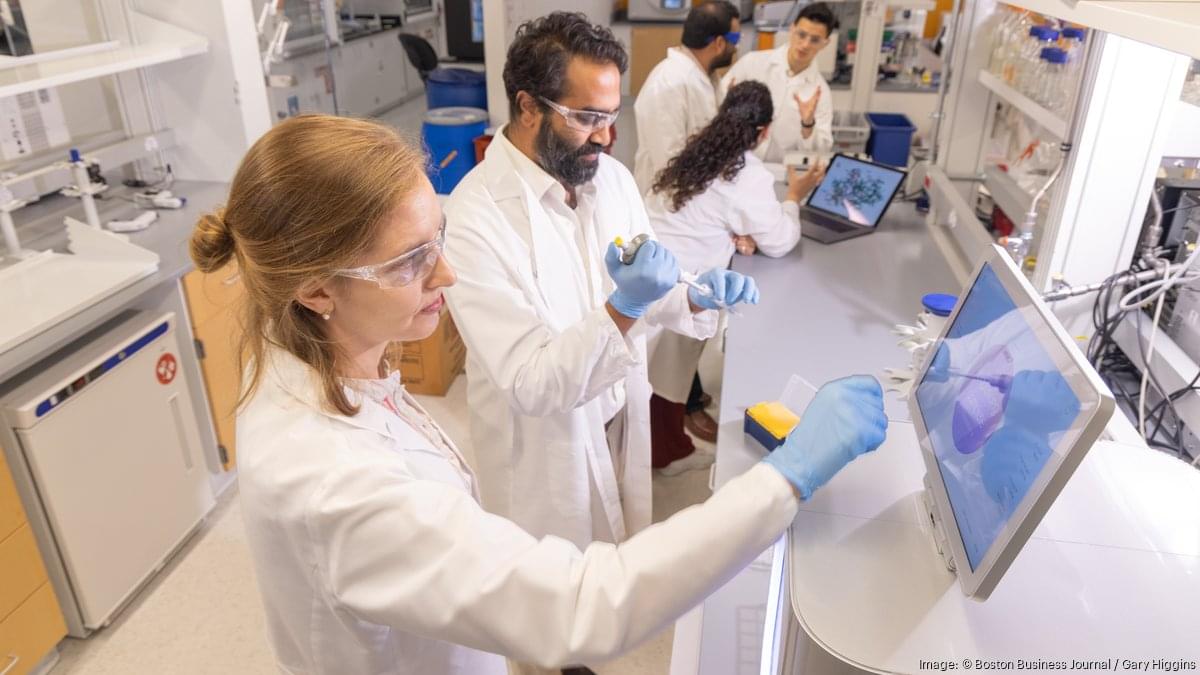

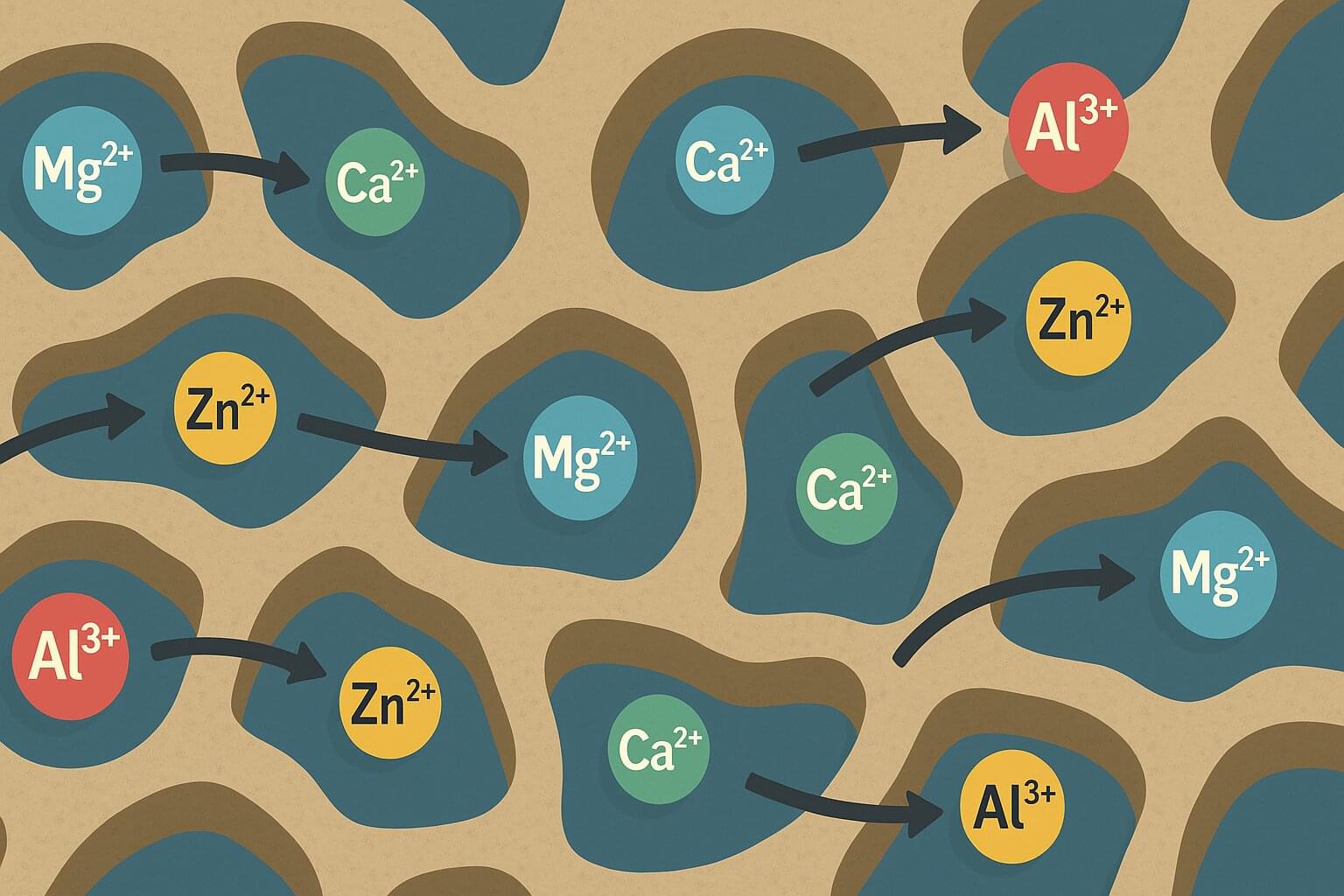
Researchers from New Jersey Institute of Technology (NJIT) have used artificial intelligence to tackle a critical problem facing the future of energy storage: finding affordable, sustainable alternatives to lithium-ion batteries.
In research published in Cell Reports Physical Science, the NJIT team led by Professor Dibakar Datta successfully applied generative AI techniques to rapidly discover new porous materials capable of revolutionizing multivalent-ion batteries. These batteries, using abundant elements like magnesium, calcium, aluminum and zinc, offer a promising, cost-effective alternative to lithium-ion batteries, which face global supply challenges and sustainability issues.
Unlike traditional lithium-ion batteries, which rely on lithium ions that carry just a single positive charge, multivalent-ion batteries use elements whose ions carry two or even three positive charges. This means multivalent-ion batteries can potentially store significantly more energy, making them highly attractive for future energy storage solutions.
Surgeons at The Johns Hopkins Hospital have performed the world’s first total penis and scrotum transplant.
The patient suffered a devastating injury several years ago from an improvised explosive device while serving in Afghanistan. He is now recovering at the hospital after the 14-hour procedure in late March, which repaired his abdominal wall, gave him a new scrotum and attached a donor penis.
“We are optimistic he will regain near-normal urinary and sexual functions,” said W. P. Andrew Lee, director of plastic and reconstructive surgery at the Johns Hopkins University School of Medicine.
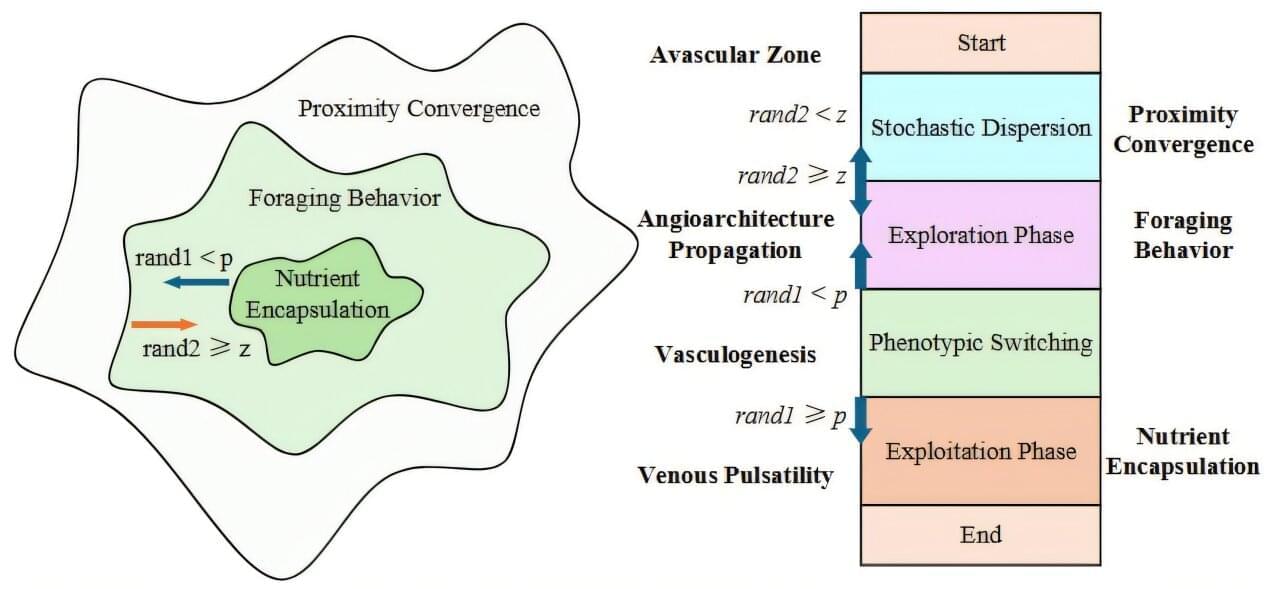
As e-commerce platforms grow ever more reliant on cloud computing, efficiency and sustainability have come to the fore as urgent pressures on development. A study published in the International Journal of Reasoning-based Intelligent Systems has introduced an innovative approach to the problem based on a slime mold algorithm (SMA). The work could improve both performance and energy efficiency for e-commerce systems.
At the core of the work is the development of BOSMA—the Balanced Optimization Slime Mold Algorithm. The SMA is a heuristic optimization technique inspired by the natural behavior of slime molds.
Slime molds are useful models for algorithms because they excel at finding efficient paths through complex environments and adapting to changing conditions. Moreover, they do so without any central control system. They can explore their surroundings by sending out multiple tendrils, pseudopodia, in different directions, adjusting their shape and connections in response to feedback such as nutrient availability or obstacles.
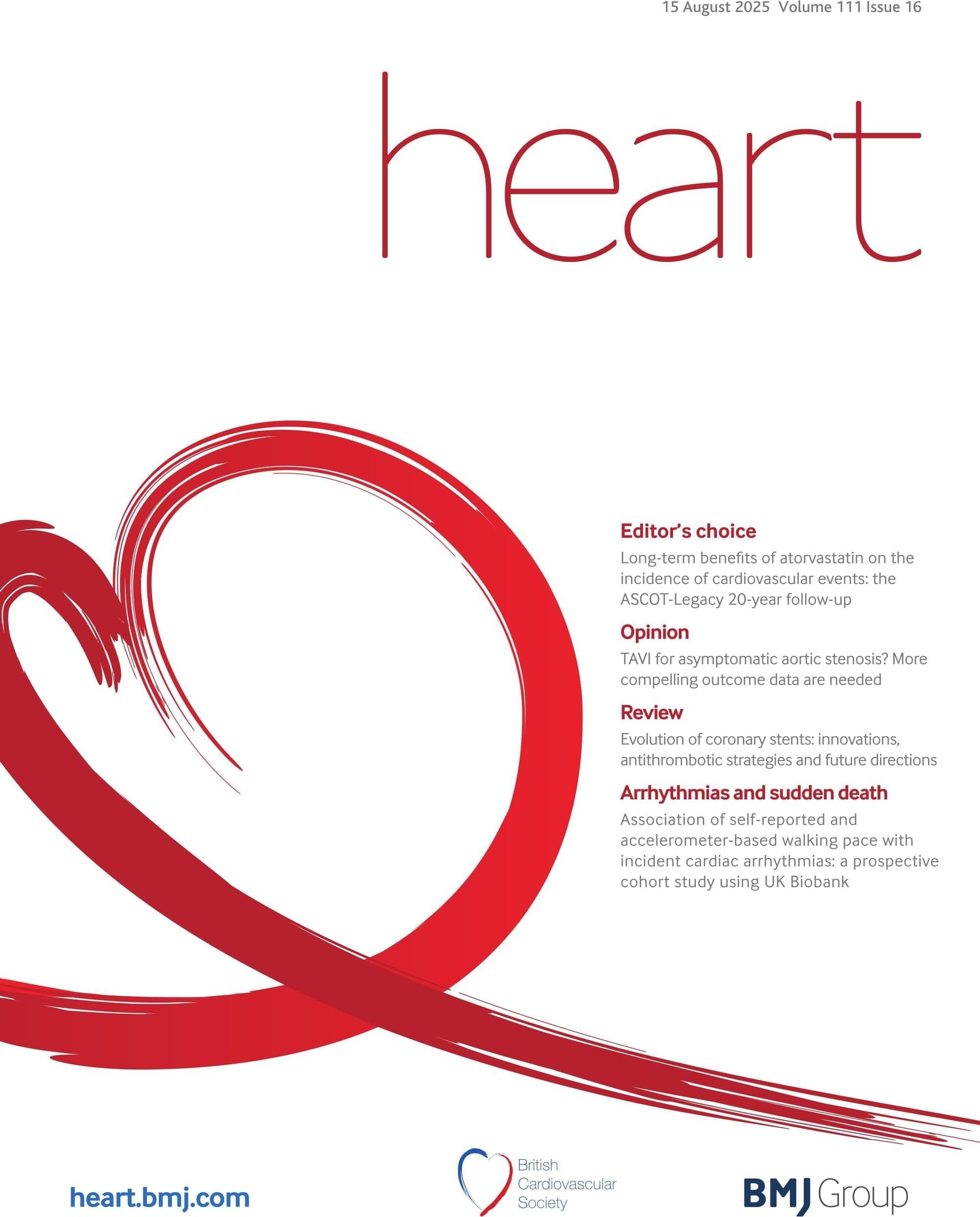
Background False cardiac troponin (cTn) elevations from non-cardiac causes are a major concern. We aimed to assess terminal renal failure as a possible non-cardiac cause of elevated high-sensitivity cTnT (hs-cTnT) concentrations using renal transplantation as an in vivo model of rapid restoration of renal function.
Methods We analysed consecutive patients with end-stage renal disease (ESRD) undergoing renal transplantation at a single centre. Patients with perioperative myocardial infarction or injury were excluded. Changes in hs-cTnT and creatinine were measured pretransplant and at four post-transplant intervals (day 1, days 2–5 and days 14–180). A decrease of ≥25% in hs-cTnT within 24 hours post-transplant was deemed evidence of renal clearance recovery.
Results Among 45 patients (median age 67 years, 31% women), the median pretransplant plasma creatinine concentration was 608 μmol/L (IQR 482–830), and fell to 425 μmol/L (IQR 337–619) on day 1289 μmol/L (IQR 201–492) on days 2–5 and 126 μmol/L (IQR 103–191) on days 14–180 (p0.001, p0.001 and p=0.003, respectively). The median pretransplant hs-cTnT concentration was 48 ng/L (IQR 34–70). It fell to 26 ng/L (IQR 15–38; geometric mean of relative change 36%) on day 1 (p0.001) and then remained constant on days 2–5 (26 ng/L (IQR 18–35)) and days 14–180 (25 ng/L (IQR 20–30), p=ns).
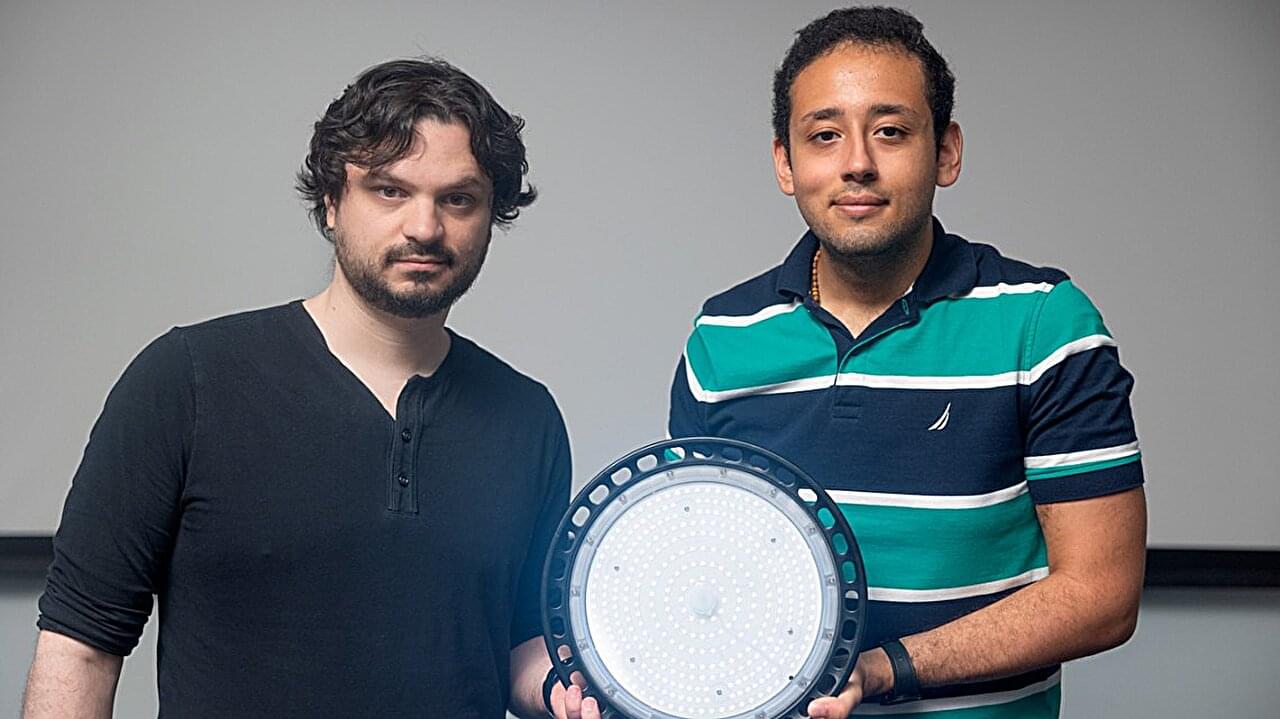
Fact-checkers may have a new tool in the fight against misinformation.
A team of Cornell researchers has developed a way to “watermark” light in videos, which they can use to detect if video is fake or has been manipulated.
The idea is to hide information in nearly-invisible fluctuations of lighting at important events and locations, such as interviews and press conferences or even entire buildings, like the United Nations Headquarters. These fluctuations are designed to go unnoticed by humans, but are recorded as a hidden watermark in any video captured under the special lighting, which could be programmed into computer screens, photography lamps and built-in lighting. Each watermarked light source has a secret code that can be used to check for the corresponding watermark in the video and reveal any malicious editing.
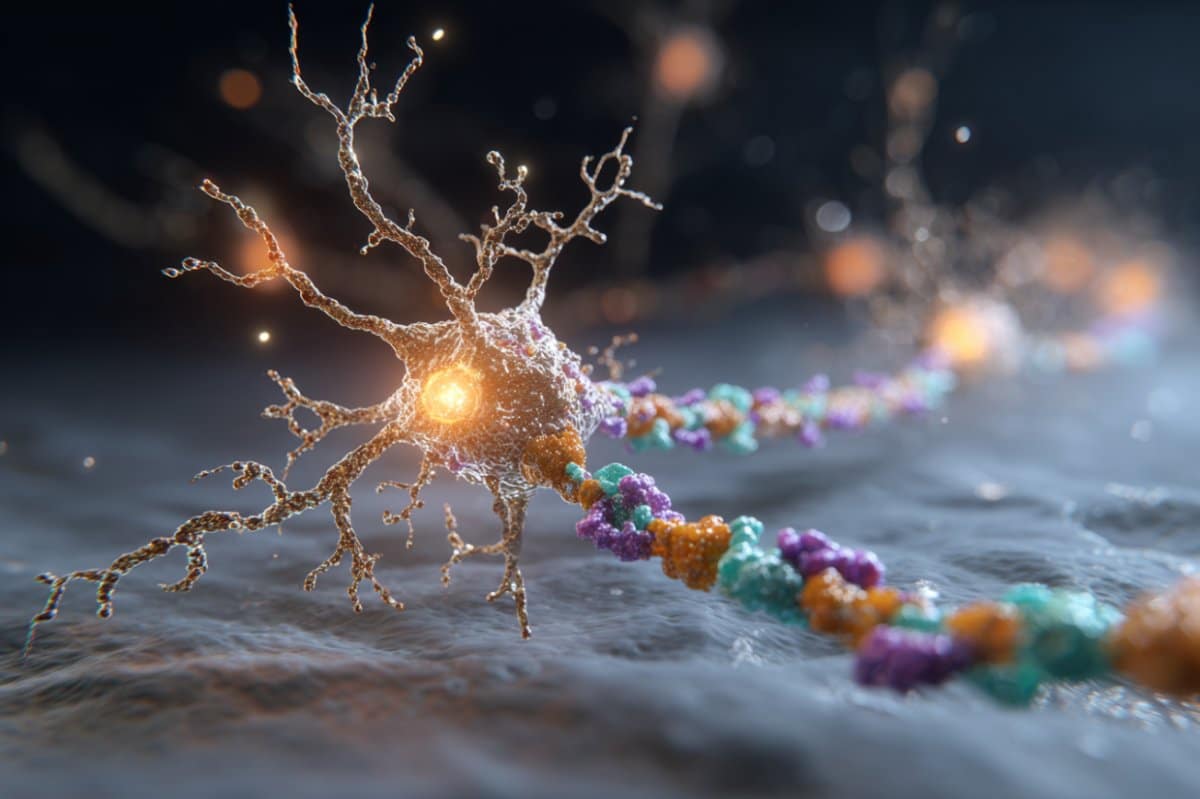

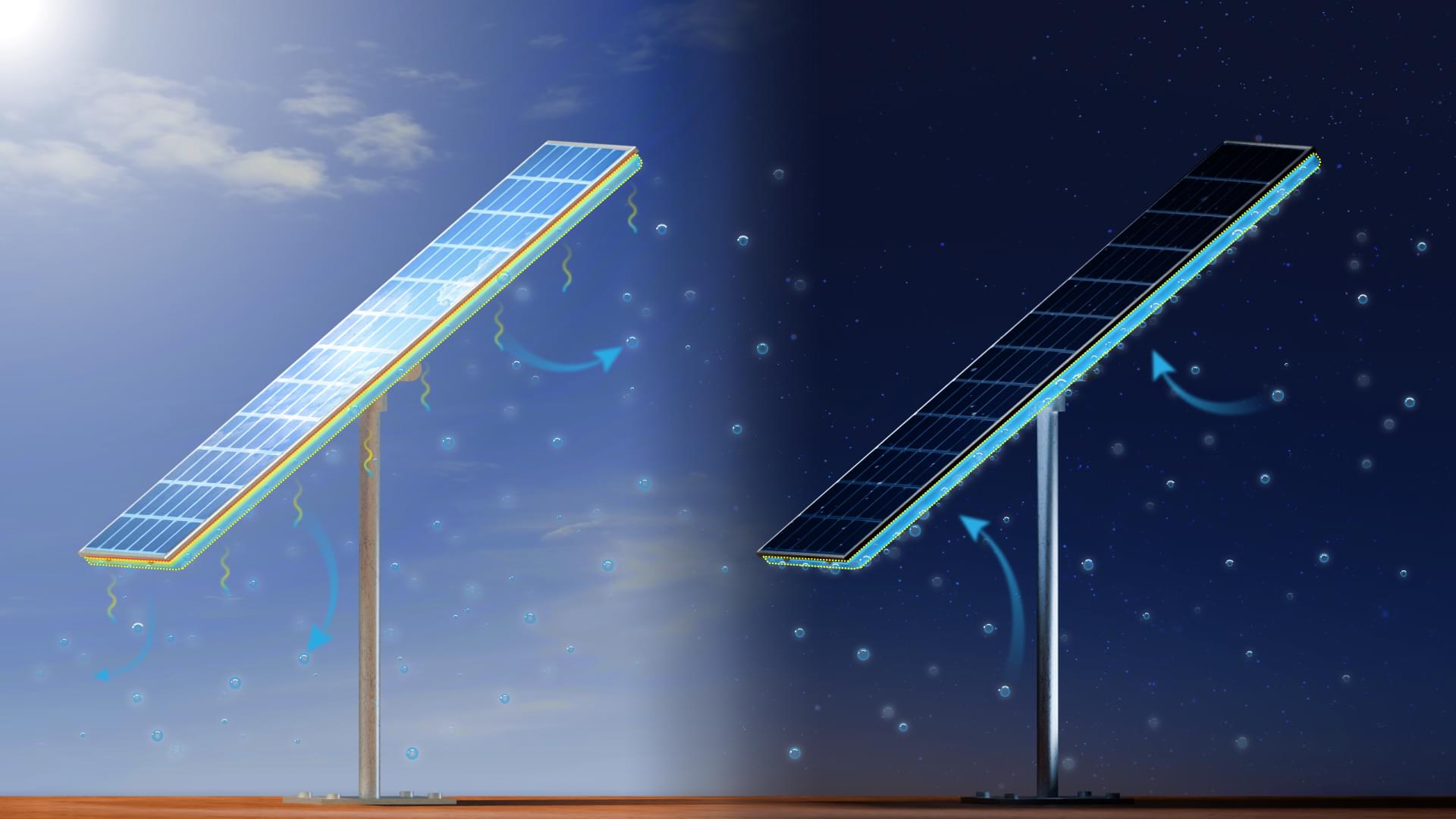
A team of international researchers led by King Abdullah University of Science and Technology (KAUST) and including researchers from King Abdulaziz City for Science and Technology (KACST) has developed a new composite material that enhances the performance of solar cells. Solar cells with the material functioning for weeks in the Saudi Arabia desert showed higher power output and a longer operation time than solar cells without. Additionally, the material is cheap to fabricate and reduces the cost of maintaining solar cells. The study can be read in Materials Science and Engineering.
Composite material keeps solar cells cool using air moisture and no electricity to extend solar cell lifetime more than 200%.
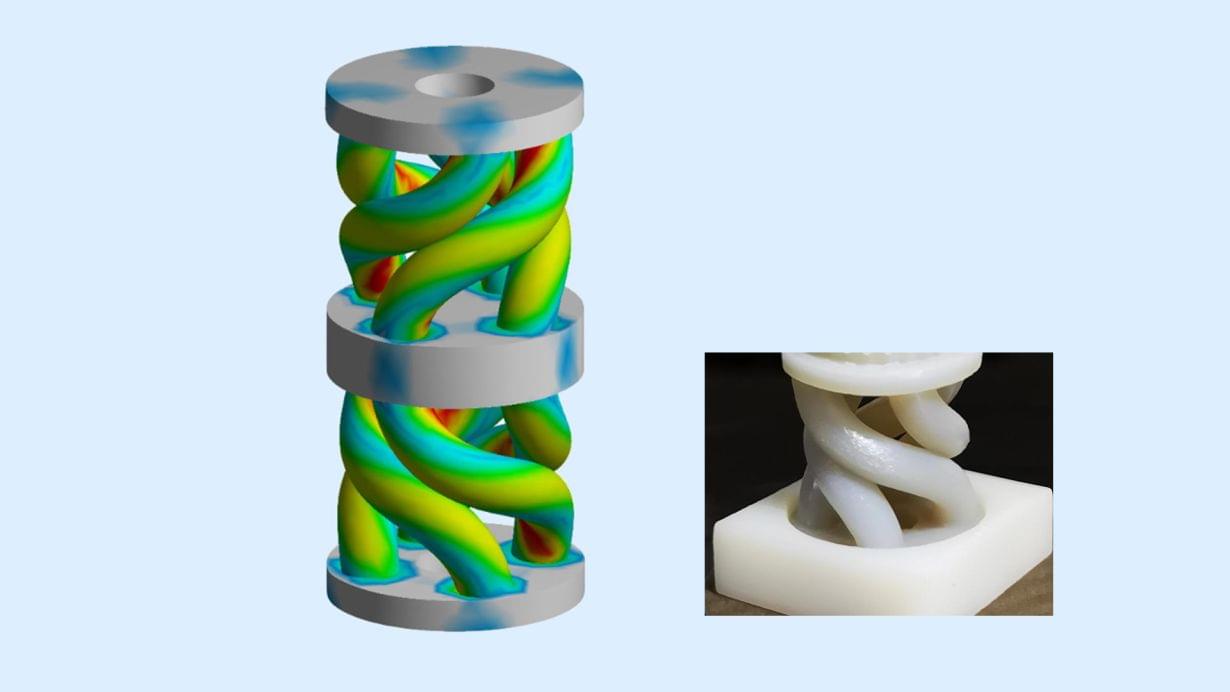
An international research team coordinated at KIT (Karlsruhe Institute of Technology) has developed mechanical metamaterials with a high elastic energy density. Highly twisted rods that deform helically provide these metamaterials with a high stiffness and enable them to absorb and release large amounts of elastic energy. The researchers conducted simple compression experiments to confirm the initial theoretical results. Their findings have been published in the science journal Nature. (DOI: 10.1038/s41586-025–08658-z)
Be it springs for absorbing energy, buffers for mechanical energy storage, or flexible structures in robotics or energy-efficient machines: Storage of mechanical energy is required for many technologies. Kinetic energy, i.e. motion energy or the corresponding mechanical work, is converted into elastic energy in such a way that it can be fully released again when required. The key characteristic here is enthalpy – the energy density that can be stored in and recovered from an element of the material. Peter Gumbsch, Professor for mechanics of materials at KIT’s Institute for Applied Materials (IAM), explains that achieving the highest possible enthalpy is challenging: “The difficulty is to combine conflicting properties: high stiffness, high strength and large recoverable strain.”
Clever arrangement of helically deformed rods in metamaterials.